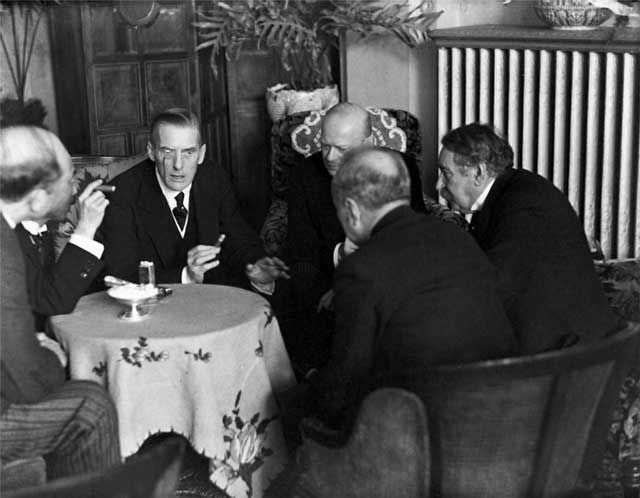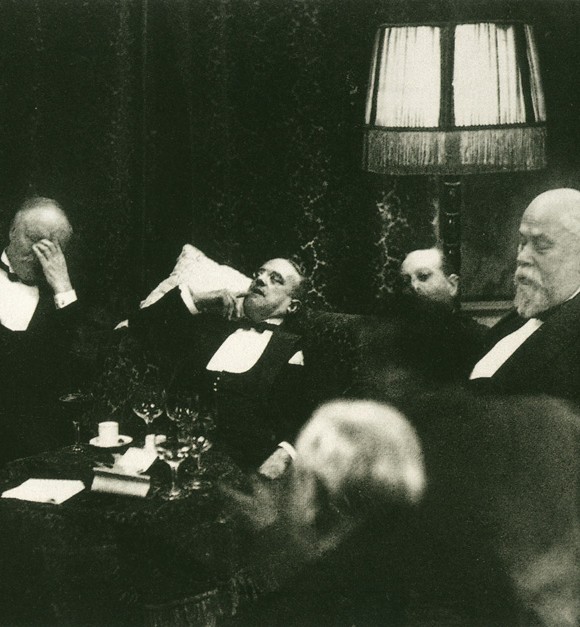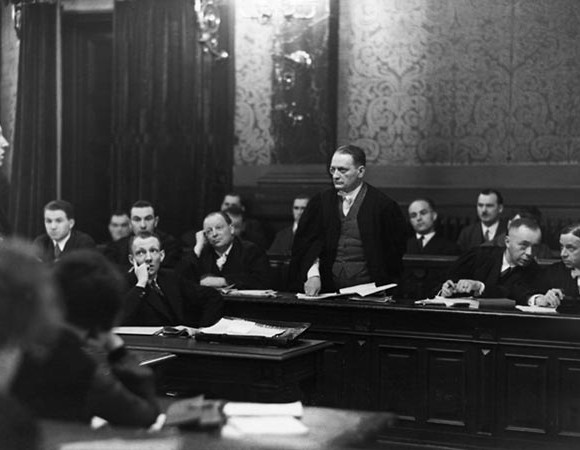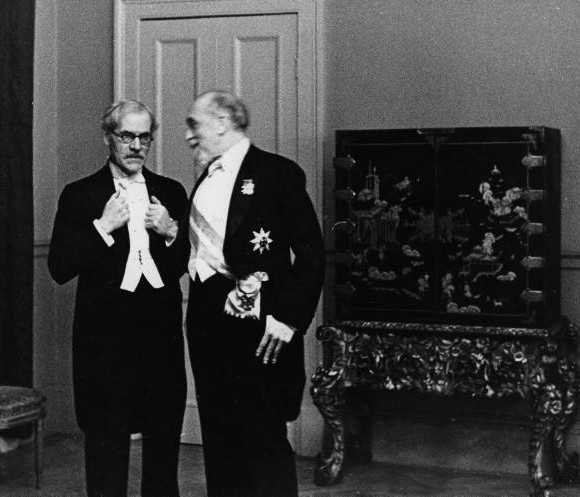<Back to Index>
- Mathematician Kurt Gödel, 1906
- Photographer Erich Salomon, 1886
- 5th President of the United States James Monroe, 1758
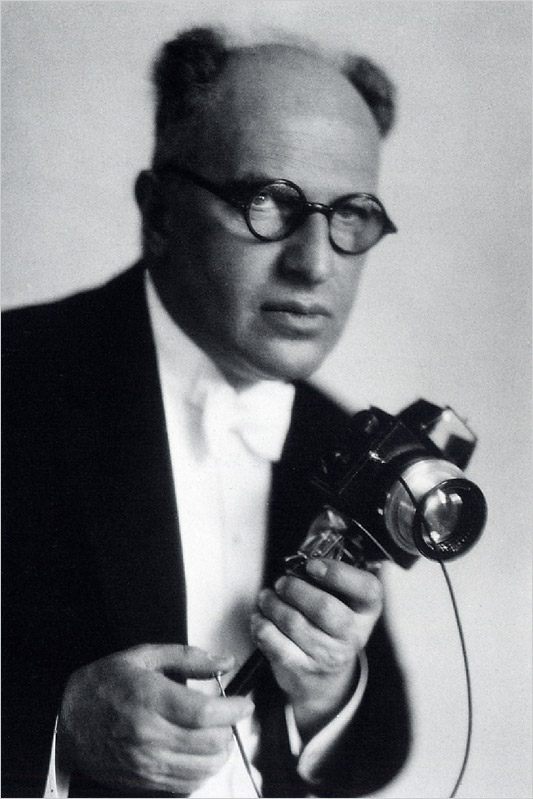
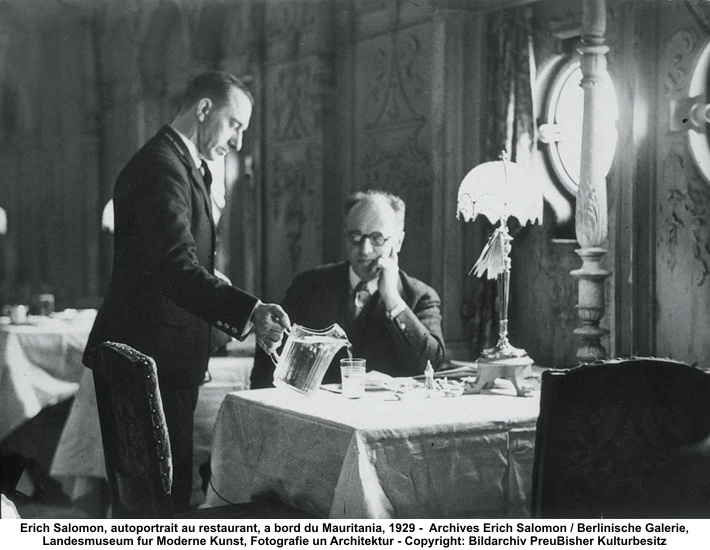
Erich Salomon (April 28, 1886 – July 7, 1944) was a German-born news photographer known for his pictures in the diplomatic and legal professions and the innovative methods he used to acquire them.
Born in Berlin, Salomon studied law, engineering, and zoology up to World War I. After the war, he worked in the promotion department of the Ullstein publishing empire designing their billboard ads. He first picked up a camera in 1927, when he was 41, to document some legal disputes and soon after hid an Ermanox camera usable in dim light in his bowler hat. By cutting a hole in the hat for the lens, Salomon snapped a photo of a police killer on trial in a Berlin criminal court.
With his multilingual ability and clever concealment, Salomon's reputation soared among the peoples of Europe. When the Kellogg-Briand Pact was signed in 1928, Salomon walked into the signing room and took the vacant seat of the Polish delegate as well as several photos. In time, diplomats were convinced that photojournalism was part of the historical record, and the photo opportunity was born.
After Adolf Hitler came to power in Germany, Salomon fled to the Netherlands with his wife and continued his photographic career in The Hague. Salomon declined an invitation from Life Magazine to move to the United States, and he and his family were trapped in the Low Countries after Hitler invaded in 1940. Salomon and his family were held in the Westerbork Transit Camp, almost five months in the Theresienstadt, and were deported from here to the Theresienstadt Family Camp in May 1944. He died in Auschwitz in July 1944.
Solomon is also one of only two known persons to have photographed a session of the U.S. Supreme Court.
There is a prestigious Dr. Erich Salomon Prize that is a 'lifetime achievement' award for photojournalists given by the German Society of Photography (Deutsche Gesellschaft für Fotografie).
